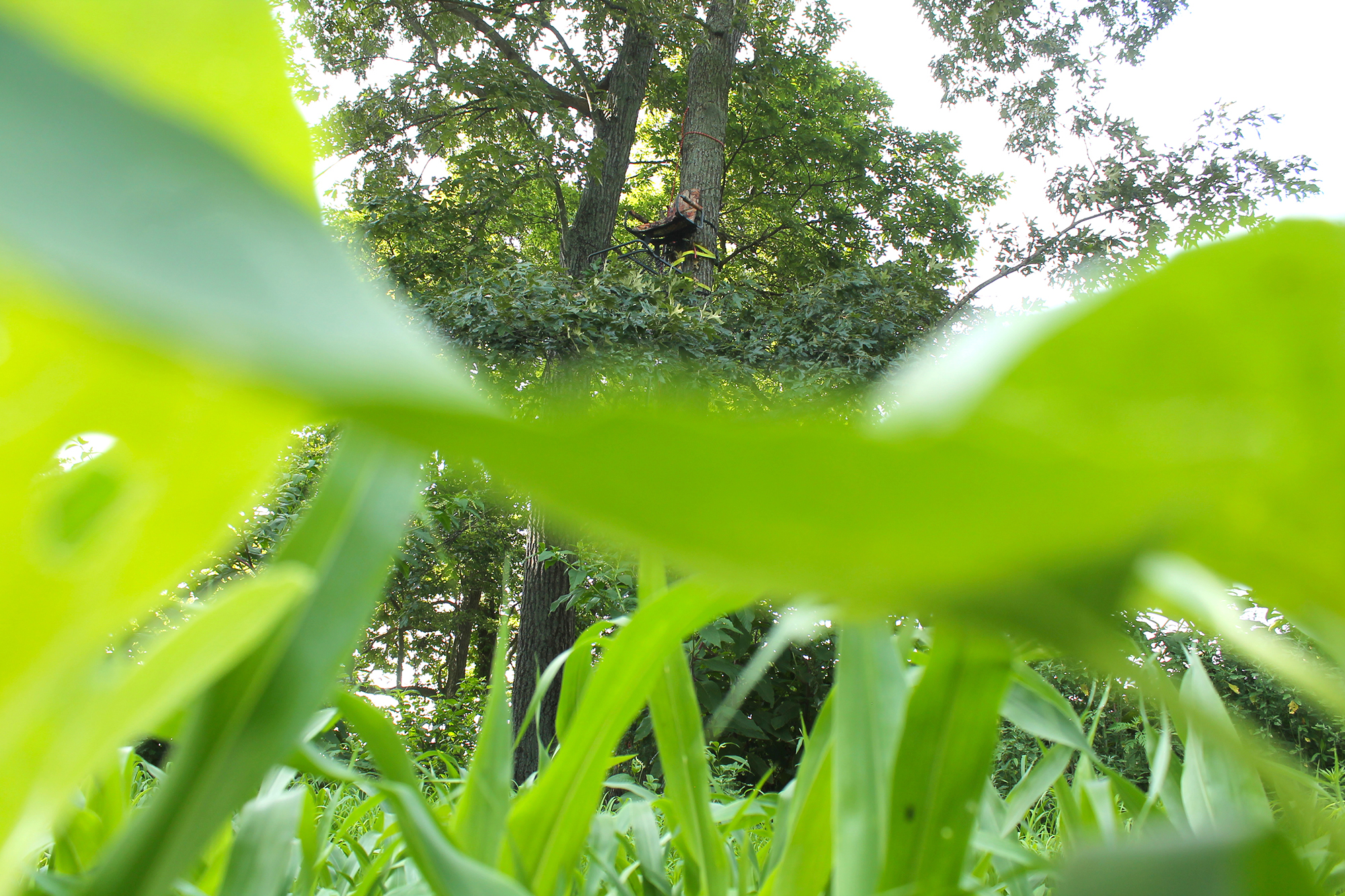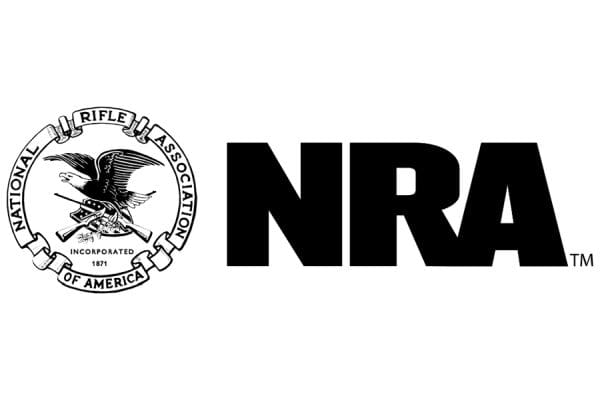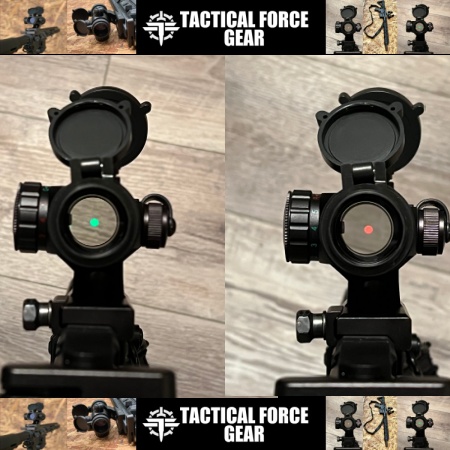If you’ve ever watched a whitetail deer browse, you’ve seen them nonchalantly pick specific plants to devour while ignoring others. A fancy way of describing that behavior is to say that deer are concentrate selectors. Their narrow muzzle, prehensile lips, and long tongue help them choose the most nutritious and digestible plants.
But deer can’t eat what doesn’t grow. And while many of us love to talk about, work on, and hunt over food plots, we often aren’t the best at producing them. Sure, if your food plots fail, deer will find things to eat elsewhere, but that won’t benefit them or your hunting strategy.
So why do your food plots suck? The answer probably lies within some combination of the following mistakes.
Bad Soil Type and Soil Health
There are numerous soil types, including chalky, clay, loamy, peaty, sandy, and silty. Most food plot species are better suited to certain categories. Furthermore, poor soil health is a guaranteed recipe for failure. That might be due to a lack of organic matter, depleted nutrients, or inadequate pH. You’ve got to match your food plot plants to the type of soil you’ve got.
No Soil Tests
Hunting show host Jason Say laughs at the idea that hunters don’t take soil samples. He notes that hunters will spend $500 on seed and lime but refuse to spend $15 on a soil sample. In contrast, he samples annual and perennial food plots alike — every year. He urges food plotters not to cut corners.
Poor Soil Prep
Soil prep is another big factor. While some crops can be overseeded, most need a good, smooth seed bed to germinate and thrive. This is a necessary step that follows the spraying and killing of weeds and first application of fertilizer and lime.
Improper Seed Selection
Hunters should be very deliberate about the seed they select. We’ve already covered seed type, but you must also plant something that works for your situation overall. How large is the plot? If less than 1 acre, plant something less likely to be over-browsed. How much sunlight does it get? If shaded, plant a species that works for that. How dry or wet is the ground? The factors go on. Choose the right seed accordingly.
A Lack of Plant Variety
Dr. Jacob Dykes with the Mississippi State University Deer Lab, once studied 15 common food plot species. Then, he and his team evaluated these food plot forages, each one in adjacent plots. Interestingly, Dykes said deer didn’t seem to favor any certain species. Instead, they browsed different ones at different times based on seasonal nutritional needs. He concluded that the best thing land managers can do is provide diversity.
Cheap Seed Selection
Buying outdated seed tends to result in lower germination rates. Oftentimes, on-sale, co-op, or conservation-organization seed are actually out-of-date seed that can’t be sold at full price. Sure, they’ll still grow, but you risk lower germination rates. Instead, buy seed that isn’t expired. You’ll experience better food plot success by checking that date.
Planting Outside the Designated Window
The country is divided into growing zones. Each food plot species has a window in which it can be planted for reasonable success. Check the back of the bag, or look it up if not present, to ensure you plant within the designated window for each respective food plot species.
Wrong Planting Timing
Even within the designated window, you can choose the wrong timing. For example planting during a dry spell or right before a massive flood. Be sure you choose the right time to put seed to soil.
Wrong Planting Method
Food plotters have several planting methods at their disposal including: broadcasting (over-seeding) existing plots, discing a well-turned seed bed and then broadcasting, no-till drilling for minimum soil erosion. These are all good options, but it’s important to choose the right one based on existing circumstances.
Inaccurate Seeding Rate
Each food plot species has an optimal seeding rate. Too low of a rate and you’ll have bare spots, or at least underutilized surface area (seen or not). Too high of a rate and you experience stunted plant growth. Either way, it will translate to lower food plot yield.
Insufficient Seed-to-Soil Contact
Food plot seeds require different planting depths, but all seeds need adequate seed-to-soil contact. Insufficient contact between seed and soil means no germination. So it’s important to prepare a good seed bed.
Poor Planting Depth
Each food plot species has a designated planting depth. Planting food plot seed too deep or shallow means no food plot. For example, proper planting depths for popular food plot species include:
- Buckwheat (1-1 ½ inches)
- cereal rye (1-1½ inches)
- chicory (¼ inch), corn (1-1 ½ inches)
- ladino clover (¼ inch)
- radishes (¼-½ inch)
- red clover (¼ inch)
- turnips (¼-inch), wheat (1-1 ½ inches)
- white clover (¼ inch)
- winter peas (½-¾ inch)
Inadequate Sunlight
Some plants need partial sun. Others require full sun. (Most need more of the latter.) If your plots don’t receive enough sunlight, they won’t grow or at least, they won’t grow as well as they should. So get that chainsaw out.
Weed Competition
Part of food plotting is managing for weeds. That starts with killing off weeds before planting. Then, it’ll likely require some work post-emergence as well. Having some weeds in your food plots is actually a good thing (deer like dirty plots), but without treatment plots can be completely overtaken by weeds.
Mowing with Dirty Mower Decks
Mowing plots with a dirty brush hog or mower deck is a recipe for weedy disaster. Oftentimes, these decks aren’t clean, and they have seed heads on them. Mowing plots with decks that have piled grass and other weed debris is a recipe for a weed invasion.
Pest Issues
Pests can easily take over a food plot. Blights, funguses, other diseases, and even small animals can raid food plots and reduce your hard work to ashes. Failing to prevent and manage pest problems is one of the most common causes of failed food plots.
Overgrazing Concerns
HuntStand’s Brian Murphy says that deer shouldn’t have to eat down the stem. Instead, they should be consuming the leafy foliage and the growing tips, which are most palatable and nutritious. Eating down the stalk produces fewer nutrients, is less palatable, and requires more energy to digest. So you should either plant food plots large enough to handle browsing pressure or install exclusion fences around these to allow plants to mature. If you’re seeing consistent over browsing that’s a good sign the property needs more food options (and fewer deer) overall.
Drought Conditions
Burning hot sun and no rainfall will scorch a plot and kill it quickly. While this is outside the control of most hunters, others might be able to bring in irrigation systems, especially if they are close to water sources or have large tanks. This can be the needed prescription for saving hot-weather plots.
Flooding Scenarios
On the flip side, flooding can ruin plots as well. Rain that comes too fast and heavy can wash seed right out of the ground. It can also bury it even deeper. Either way, it prevents germination. Unfortunately, there is nothing you can do about it other than starting over.
Letting Nearby Trees Drink It Dry
It’s a bad idea to leave an extensive number of trees within your food plot. Nearby trees will most certainly draw large volumes of water from the soil, and that leaves minimal moisture for your food plot plants. While it might seem like a good idea to plant food plots around large mature oak trees, that rarely works unless you’re working with wet soil.
Bad Food Plot Locations
Heartland Bowhunter’s Shawn Luchtel stresses the need to place food plots based on where target bucks tend to frequent. Of course, that’s an off-season project, but his years of trail cam photos, in the field sightings, and harvests, backup the point that strategic placement is key.
Whitetail Freaks’ Kandi Kisky talks about how they plant food plots very close to bedding areas. Oftentimes, these are positioned within 75 yards (sometimes less) from the edge of bedding. Following this method ensures deer make it into the plot before dark, which is an obvious prerequisite to punching a tag.
Not Syncing with Peak Attraction Timelines
Part of food plotting is thinking about when deer use the area most, when you plan to hunt, and syncing your food plot species selection accordingly. Plant something (or multiple things) that will peak around the same time as when deer activity peaks in that area and/or when you plan to hunt.
Not Planting Perimeter Screen Cover
Deer are skittish critters. Therefore, if they don’t feel safe in the food plot, they aren’t going to use it, especially during daylight hours. Oftentimes, planting a perimeter screen cover enhances that feeling of safety. Common options include standing corn (for more food down the road), Egyptian wheat (annual), and giant miscanthus (perennial).
Incorrect Food Plot Sizing
Choosing the wrong food plot size is also of concern. Generally, certain food plot species that are highly attractive shouldn’t be planted in plots smaller than 1 acre (maybe even 2 acres). Furthermore, in other situations, planting one that’s too large might be of concern as well, especially if the surrounding area is better suited for bedding cover, staging areas, water sources, etc.
Using the Wrong Food Plot Shapes
People have been planting circular, square, and rectangular food plots for decades. And they’ve been shooting deer out of those just fine. But these aren’t optimal food plot shapes. Instead, consider U, J, L, V, hourglass, turkey foot, and other shapes that force deer through key pinch-points. To obtain these, you can shape an existing field with early successional habitat (brush, grasses, etc.). Or plant the desired shape with a food plot screen and screening cover outside it. If you’re cutting a new plot, focus on pinch points.

Letting Failed Plots Continue
It’s difficult to scrap everything and start over. You spent that time and money, why would you hit reset? But sometimes that’s what you’ve got to do. Even if you did things right, food plots can still fail. Recognize when it’s time to zero out a failed food plot and begin again.
Letting the Food Run Out
Some hunters plant food plots with only a month or two in mind. Hunting television show host Phillip Vanderpool is all about late-season food sources. He loves how plots can help deer recover from the rut. If located closer to quality bedding, due to reduced travel energy, deer can recover with high-quality food. In essence, don’t let food run out. Plant multiple plots, or rework the same plots, to offer deer more food throughout the year. That’ll hold more whitetails closer to your hunting area and boost herd health.
Over Hunting Your Plots
You can have the best food plot in the county, but if you over-pressure the area, you won’t be able to tag a mature buck out of it. All Things Hunting’s Kyle Barefield chooses to hunt travel routes between bedding and food plots to avoid burning out his plots with pressure.
Thinking You’re a Food Plot Guru

Lastly, don’t think you know everything about food plots. Sometimes, we get in our own way, and usually, when a food plot fails, it’s because we messed up. Even with experience, there’s more to learn. That’s true for all hunters and habitat managers. So, keep learning, and don’t assume anything.
With all the things that could go wrong at the front of your mind, it’s time to ensure these things don’t happen, and get a good food plot in the ground. Do as much research as you can. Follow tips from the National Deer Association, Whitetail Habitat Solutions, and Grant Woods. The more you know, the better your plots will grow.
Read the full article here




